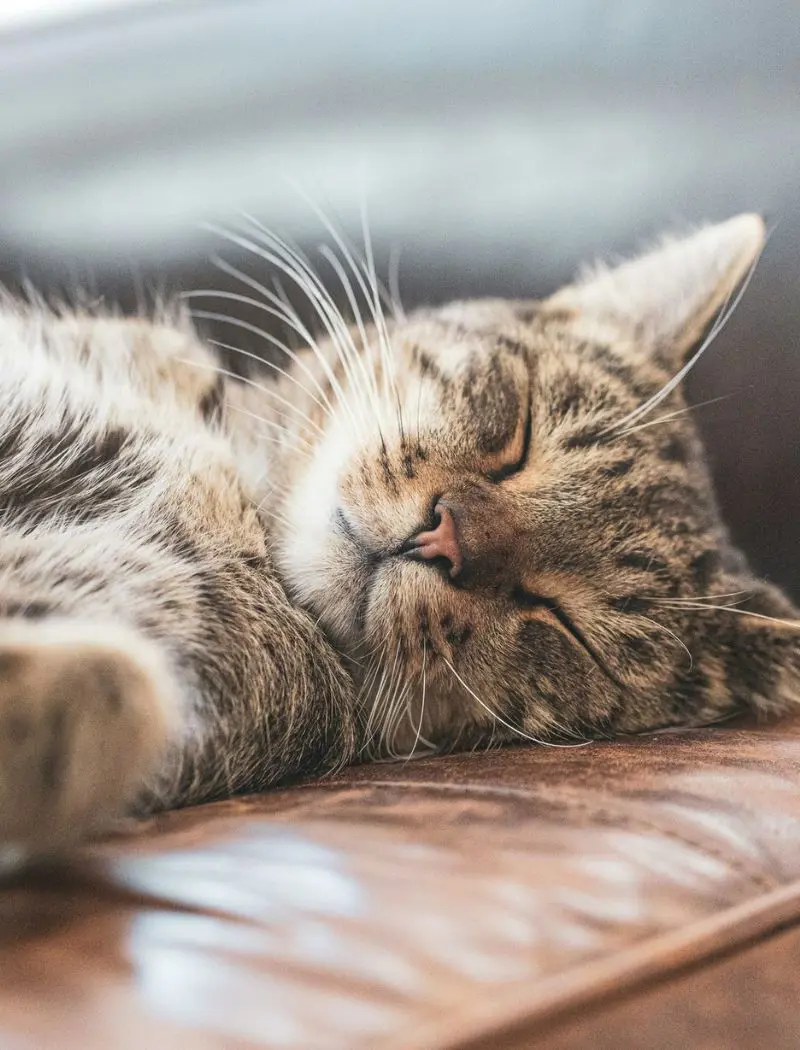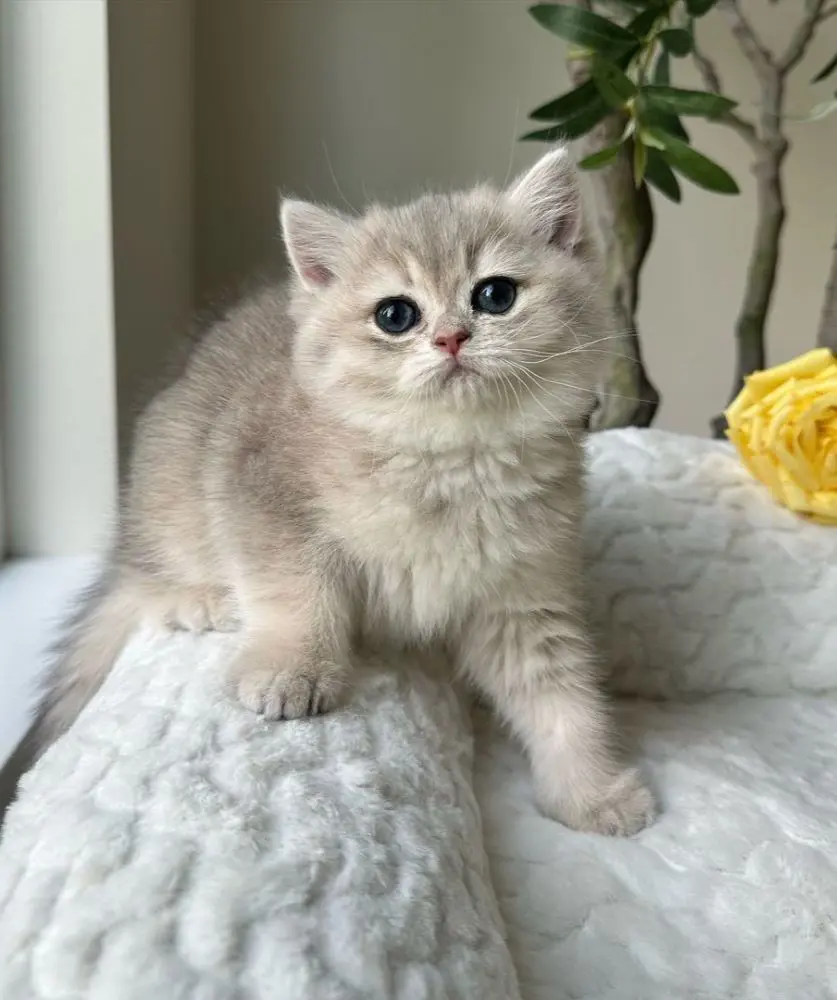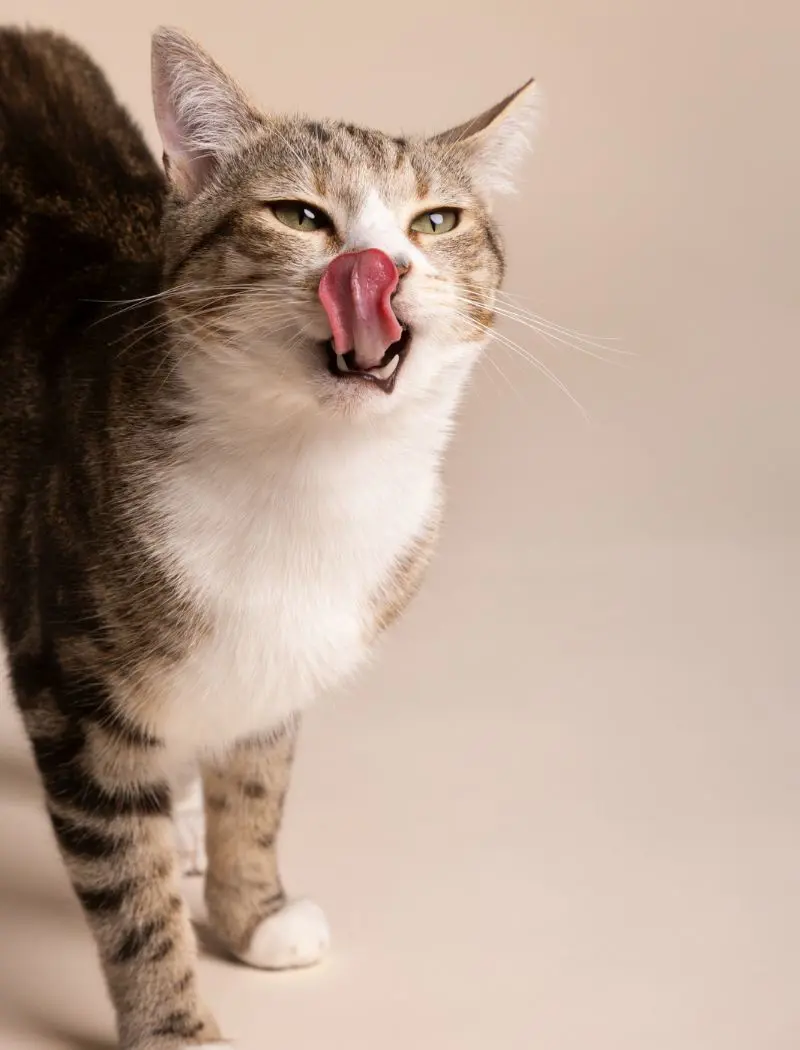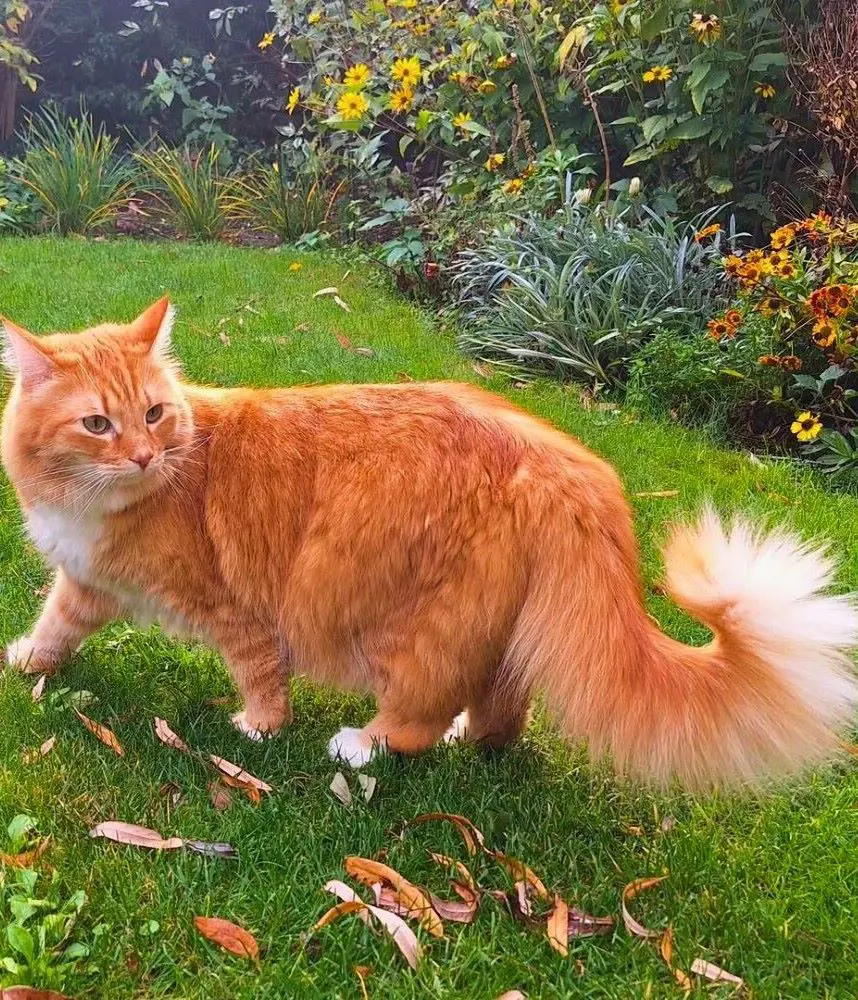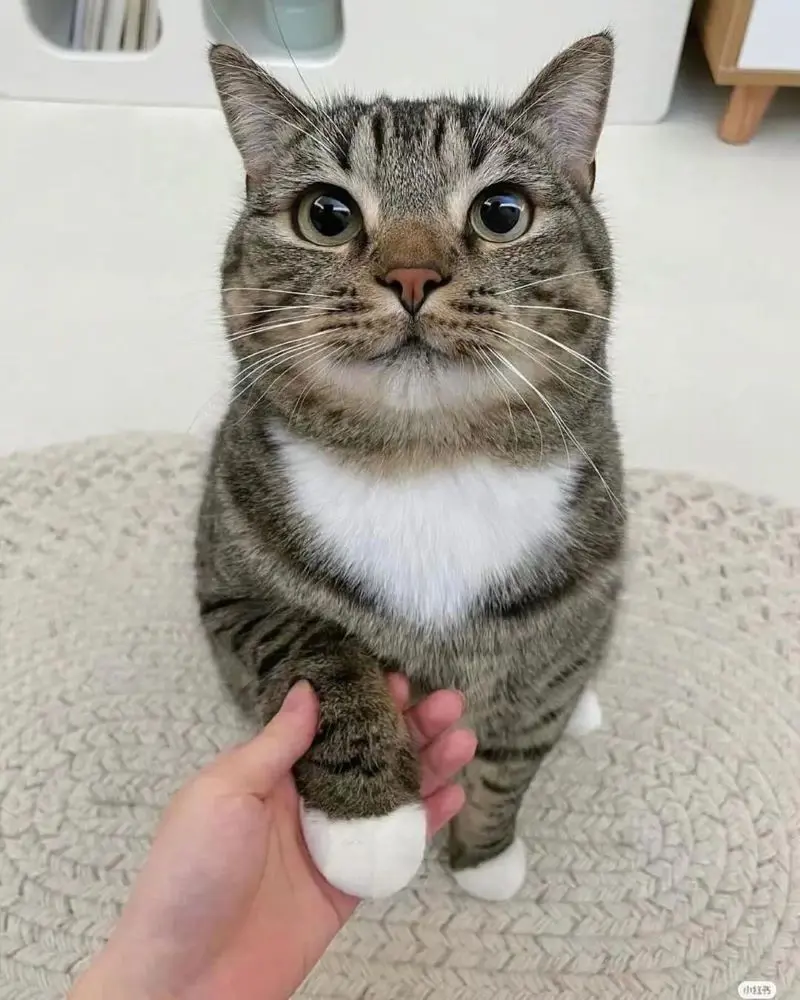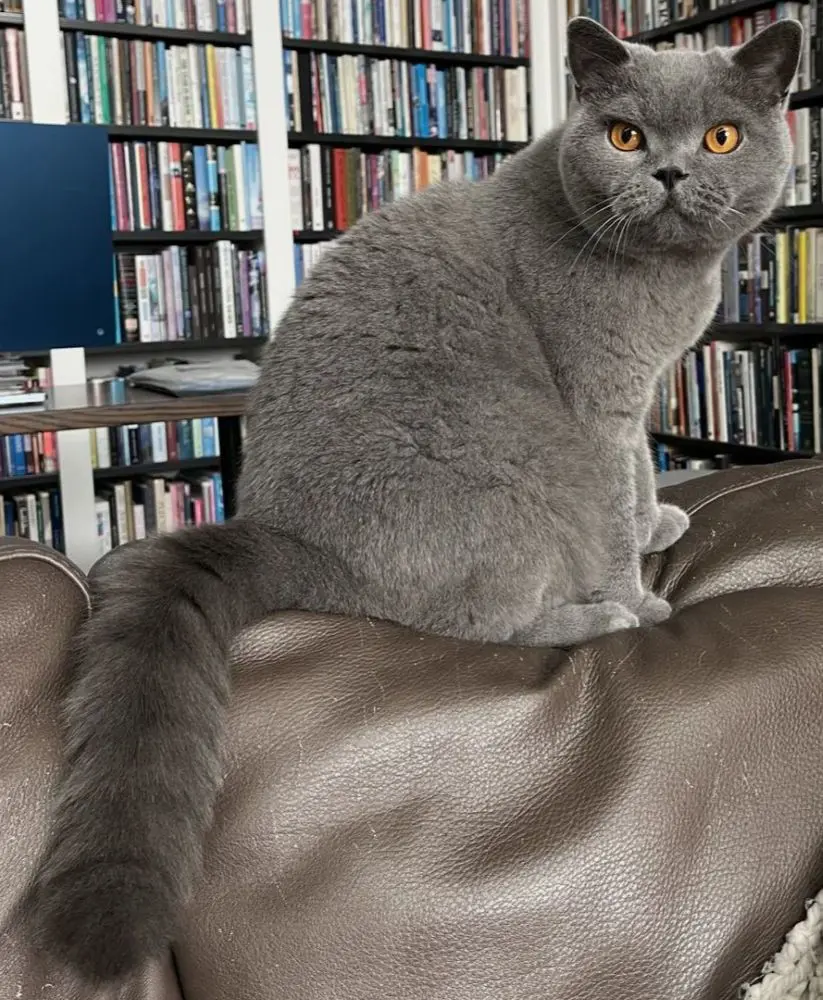British Longhair Cat Breeds Profile Information And Personality
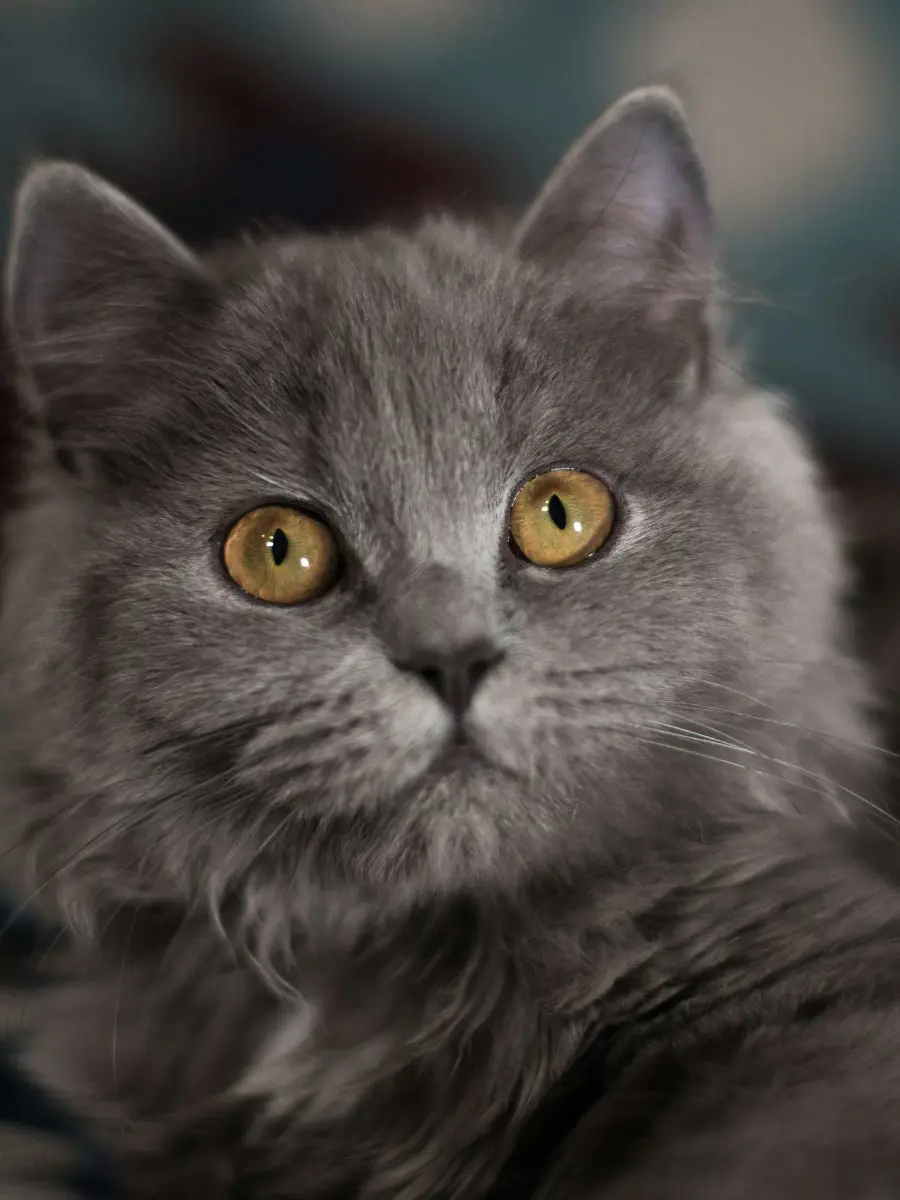
British Longhairs is a cross between the British Shorthair and Persian cat breeds. It possesses a muscular, rounded body with a broad chest and strong legs, giving them a solid, sturdy appearance.
Their heads are round with full cheeks, and they have large, expressive eyes that range in color. Their coat is dense and soft, requiring regular grooming to prevent matting and maintain its luxurious quality. British longhair comes in various colors and patterns, including solids, tabbies, and bicolors. Despite their imposing appearance, they are known for their gentle, affectionate nature. They are typically calm, easygoing, and good with families, including children and other pets.
History And Origin
The British Longhair cat breed has its roots in the British Isles and is closely related to the British Shorthair. Its development began in the mid-20th century when breeders sought to create a long-haired version of the British Shorthair.
The effort aimed to combine British Shorthair’s robust, rounded physique with a longer, plush coat. After World War I, the British Shorthair breed declined in popularity. To revitalize the breed, breeders introduced Persian genes, which led to the creation of the British Longhair. This crossbreeding not only preserved the British Shorthair's characteristics but also introduced the long, flowing coat of the Persian breed.
Today, some registries, such as The International Cat Association, recognize the British Longhair as a distinct breed. Others, like the Governing Council of the Cat Fancy, consider it a variant of the British Shorthair, often referred to as the British Longhair or Highlander or Highland Straight.
Characteristics And Rating
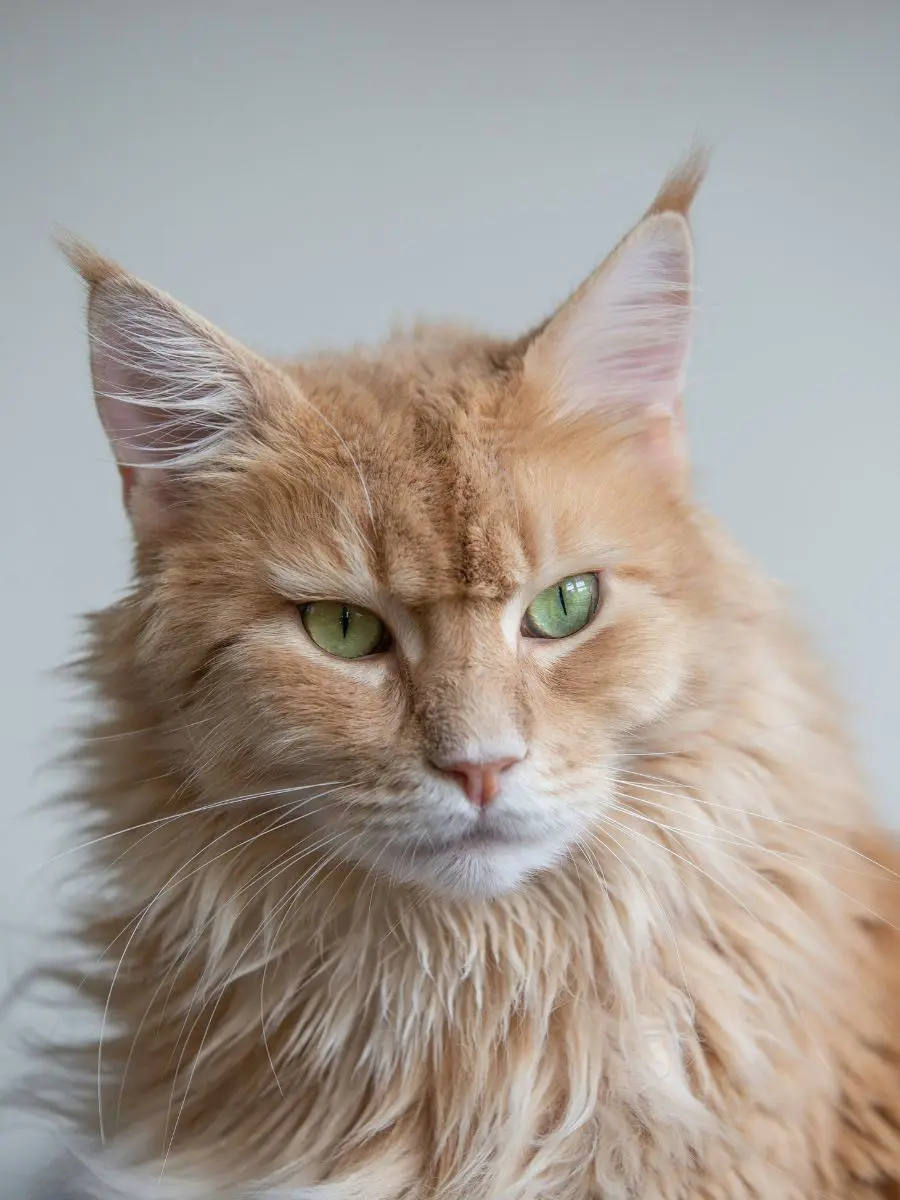
| Family Friendly | 4 |
| Exercise Needs | 3 |
| Tolerates Being Alone | 4 |
| Likes other Pets | 4 |
| Energy Level | 3 |
| Shedding | 4 |
| Grooming Needs | 4 |
| Affection | 4 |
| Playfulness | 3 |
| Alertness | 3 |
The British Longhair is a medium to large breed distinguished by its robust and muscular build. . Its head is round with full cheeks, and it has large, expressive eyes that come in various colors.
The most distinctive feature is its long, dense, and plush coat, which requires regular grooming to prevent matting and maintain its luxurious look. The coat comes in a wide range of colors and patterns, including solids, tabbies, and bicolors. The breed’s body is well-rounded and compact, contributing to its solid, substantial manner. British longhairs have a calm, easygoing temperament, making them affectionate and adaptable companions.
They are known for their friendly nature and generally get along well with children and other pets. Their vocalizations are typically soft and melodious.
Attention and Affection
British Longhair cats are known for their loving and attentive nature. They form strong bonds with their owners and enjoy spending time with them, though they are not overly demanding. They appreciate gentle attention and can be quite cuddly, often seeking out laps or cozy spots to relax with their human companions.
Playfulness
British longhair cats exhibit a moderate level of playfulness. They enjoy interactive toys and games but are not as hyperactive as some other breeds. They appreciate playtime, particularly if it involves engaging with their human companions, but they are equally content with more relaxed, solitary play.
Alertness
British Longhair cats present a moderate level of alertness. They are generally observant and attentive to their surroundings but do not tend to be excessively vigilant or on high alert. Their calm and easygoing nature means they are aware of what’s happening around them but are not easily startled or reactive.
British Longhair Breed Personality Traits
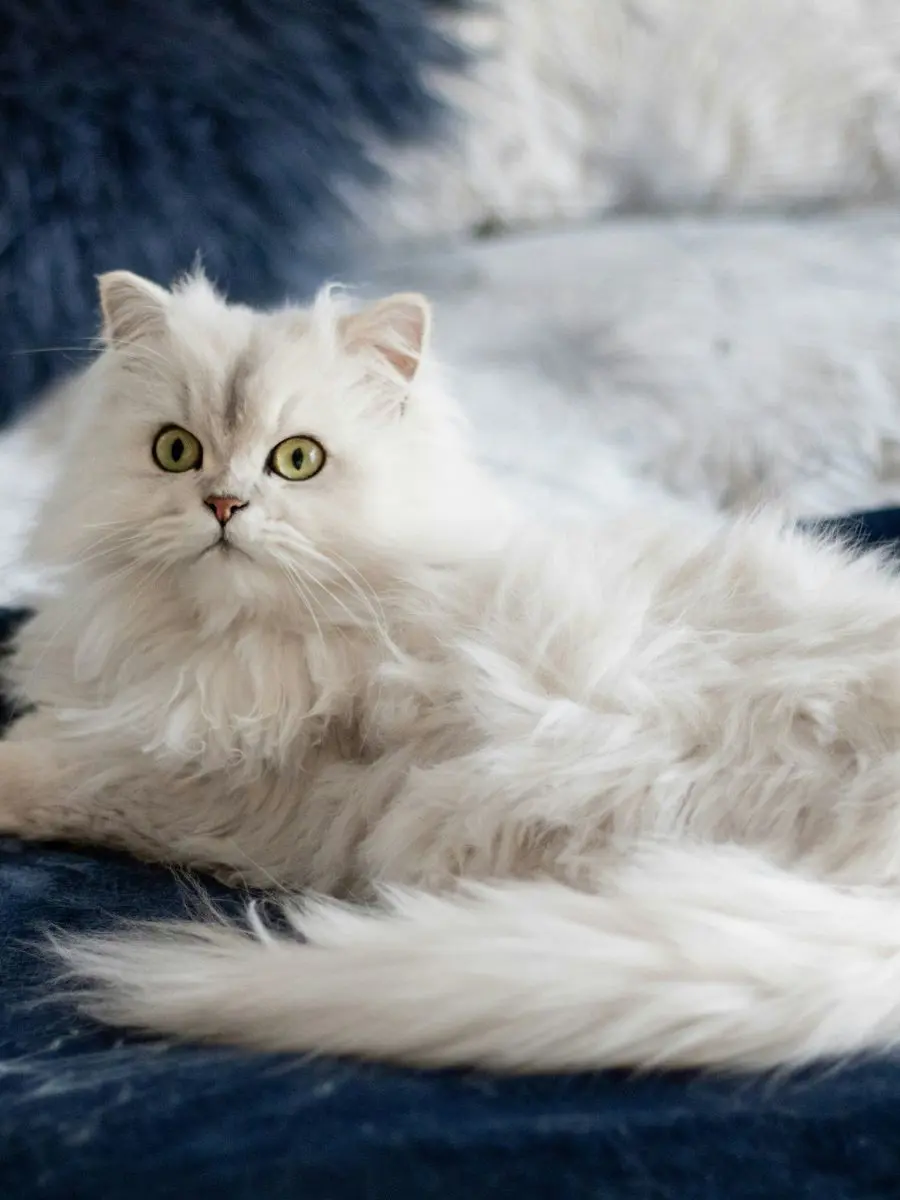
British Longhair cats are known for their affectionate and easygoing personalities. They are gentle and calm, making them excellent companions for families and individuals alike.
Their demeanor is friendly and tolerant, which helps them get along well with children and other pets. Despite their plush, long coats, British longhair is relatively low-maintenance in terms of temperament. They are not overly demanding of attention, but they do enjoy being around their human companions and will seek out affection in a relaxed manner. They are adaptable and handle changes in their environment or routine with ease.
Kind and Delicate
They are naturally warm and gentle, displaying a loving and patient attitude towards their human companions and other pets. Their calm disposition makes them approachable and friendly, contributing to their reputation as good family pets. While robust in build, their delicate nature is reflected in their sensitive and gentle interactions. They handle handling and grooming with grace and do not typically exhibit aggressive or overly boisterous behavior,
Flexible
They can easily adjust to various living conditions, whether in busy households with children and other pets or in quieter, more relaxed settings. Their calm and easygoing nature helps them thrive in different environments. They handle transitions smoothly and can adjust their activity levels to match their surroundings, making them versatile companions.
Shedding
Their thick, plush coat sheds regularly and can produce a noticeable amount of fur around the home. To manage shedding and prevent matting, they require frequent brushing, often several times a week. Regular grooming helps remove loose fur and reduces the buildup of hairballs. Shedding may increase during seasonal changes, such as spring and fall, as they adjust their coats to temperature variations.
Health
British longhair cats are generally healthy, but like all breeds, they can be prone to certain health issues. They are robust and hardy cats with a good overall health profile, thanks in part to their strong build and relatively low activity level. Regular veterinary check-ups, a balanced diet, and consistent grooming are key to maintaining their health and addressing any issues early.
Nutrition And Diet
British longhair cats' nutrition and diet are essential for maintaining their overall health, particularly due to their long fur and potential for weight gain. A well-balanced diet that includes high-quality commercial cat food is crucial.
British longhairs can be prone to obesity due to their less active nature. It's important to monitor their caloric intake and feed them an appropriate amount based on their activity level, age, and weight. Using measured portions and avoiding free feeding can help manage their weight.
High-Quality Food
High-quality food for British Longhair cats is essential for their overall health, coat quality, and weight management. Quality food is easily digestible and includes high-quality ingredients with minimal fillers and artificial additives. Look for foods with named meat sources and whole ingredients. Avoid foods with excessive fillers, artificial colors, flavors, or preservatives. This can detract from the overall quality of the diet.
Importance of Protein
Protein is essential for building and maintaining muscle mass. For a breed like the British Longhair, which has a sturdy, muscular build, adequate protein supports overall physical health and strength. High-quality protein contributes to a healthy, shiny coat. Amino acids, the building blocks of protein, are vital for skin and fur health, reducing shedding and promoting a luxurious coat.
Balanced Fats for Energy
Balanced fats are essential for British longhair cats' health. Fats are a primary source of energy, providing more calories per gram than proteins or carbohydrates. This energy is crucial for maintaining their activity levels and overall vitality. Essential fatty acids, such as omega-3 and omega-6, contribute to a shiny, healthy coat and support skin health. These fats help reduce shedding, prevent dry skin, and manage coat quality.
Adding Fiber and Carbs
Adding fiber and carbohydrates to a British longhair cat's diet can offer several benefits, although their needs differ from those of humans or other animals. Fiber aids in maintaining a healthy digestive system by promoting regular bowel movements and preventing constipation. It helps to regulate the digestive tract, reducing the risk of gastrointestinal issues.
Feeding Schedules
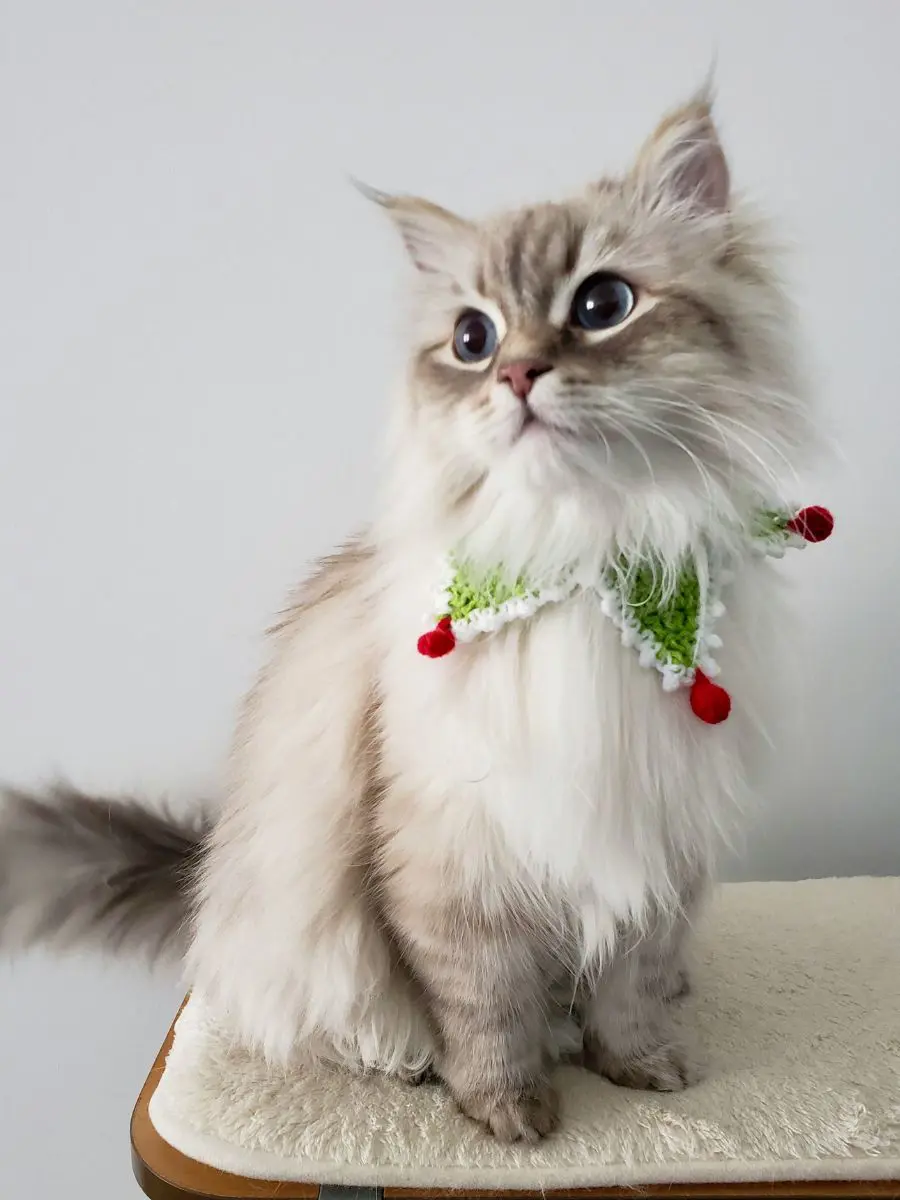
Establishing a feeding schedule for British Longhair cats is essential for maintaining their health and well-being.
Kitten Feeding
Feeding British Longhair kittens properly is crucial for their growth and development. Try to feed 3 to 4 times a day as Kittens have high energy needs and small stomachs, so multiple feeds help meet their nutritional requirements. Regularly check their weight and body condition. Adjust portions as needed to avoid overfeeding or underfeeding.
Adult Feeding
Feed 2 meals per day. This schedule helps maintain their energy levels and supports overall health without overloading their digestive system. Keep feeding times consistent each day to establish a routine. Cats thrive on routine and predictability. Unless your cat is very well-regulated, it’s generally better to avoid free feeding.
Controlling Portion
Kittens grow rapidly, so their food intake needs will change as they age. Adjust portions as they grow to meet their changing energy requirements. Use a measuring cup to provide accurate portions based on cat food packaging recommendations and your cat’s weight, age, and activity level. Overfeeding can lead to obesity, while underfeeding can cause malnutrition.
Treats and Snacks
Treats and snacks can be a fun and beneficial part of a British Longhair cat’s diet, but they should be used thoughtfully to support their overall health. Treats should make up no more than 10% of your cat’s daily caloric intake. Overuse of treats can lead to obesity and nutritional imbalances. Choose high-quality treats made with natural ingredients.
Hydration
Always provide access to clean, fresh water. Refill the water bowl daily and wash it regularly to prevent bacterial growth. Many cats prefer drinking from a water fountain. These provide a continuous flow of fresh water and can encourage more frequent drinking, especially for cats that are reluctant to drink from a bowl. Keep an eye on your cat’s water intake.
Care For British Longhair Cat Breed
Caring for a long-haired British cat involves regular grooming, a balanced diet, and health monitoring. Their long, dense coat requires brushing several times a week to prevent matting and reduce shedding.
They are not overly active and provide interactive playtime to keep them mentally and physically stimulated. Schedule regular veterinary check-ups for vaccinations, dental care, and general health monitoring. British longhairs are affectionate and enjoy social interaction, so spend quality time with them and provide a comfortable, safe environment. Adhering to these care practices will help ensure their well-being and longevity.
Exercise Needs
Engage them with interactive toys like feather wands, laser pointers, and balls. Regular play sessions help keep them active and mentally stimulated. Provide scratching posts and climbing trees. This encourages natural behaviors and helps them stay active while scratching and climbing. Incorporate playtime into their daily routine, aiming for at least 15-30 minutes of activity each day.
Train your cat
Training a British longhair cat involves patience and positive reinforcement. Focus on basic commands and behaviors such as sit, come, or using the litter box. Keep training sessions short, around 5-10 minutes, to maintain your cat's interest.
General Tips
Maintain a consistent daily routine for feeding, grooming, and playtime. Cats thrive on predictability. Create a safe, cat-friendly home with secure windows, no toxic plants, and a comfortable resting area.
Health Issues
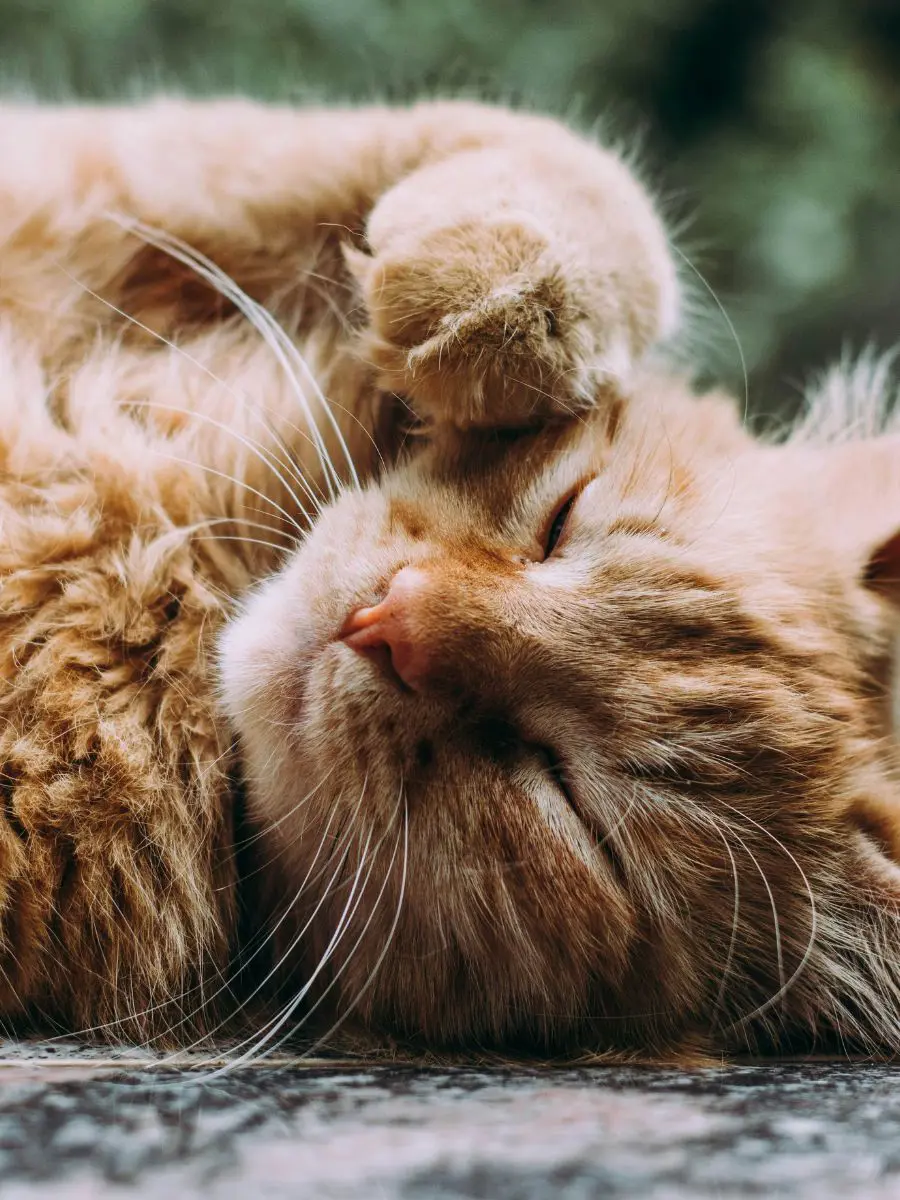
British longhair cats are generally healthy, but like all breeds, they can be prone to certain health issues.
Dental Issues
British longhair cats may be prone to dental problems, including gingivitis and periodontal disease. Gingivitis is the inflammation of the gums, often due to plaque buildup, while periodontal disease affects the tissues surrounding the teeth, potentially leading to tooth loss if untreated. Regular dental check-ups and professional cleaning are crucial to prevent these issues.
Hypertrophic Cardiomyopathy (HCM)
Hypertrophic Cardiomyopathy is a genetic heart condition common in long-haired British cats. It involves thickening the heart muscle walls, which can impair the heart’s ability to pump blood effectively and potentially lead to heart failure. Symptoms may include lethargy, difficulty breathing, and decreased appetite. Regular veterinary check-ups are essential for monitoring health.
Eye Issues
British longhair cats may experience various eye problems, with conjunctivitis and tear duct issues being the most common. Conjunctivitis, an inflammation of the outer membrane of the eyeball and inner eyelid, can result from allergies, infections, or foreign bodies. If left untreated, conjunctivitis can lead to more serious complications and affect your cat's vision. Regular eye examinations are essential for detecting and managing these issues early.
Genetic Disorder
British longhair cats, like many purebred breeds, are susceptible to certain inherited genetic conditions due to their selective breeding history. The risk of genetic disorders can be mitigated through responsible breeding practices. Regular veterinary check-ups and early intervention can also play a key role in managing any inherited conditions that may arise.
Kidney Disease
British longhair cats, particularly as they age, are at risk of developing kidney disease, a condition that impairs the kidneys' ability to filter waste from the blood. Early symptoms may include increased thirst, frequent urination, and weight loss. Regular blood tests and urinalysis can help monitor kidney function and detect any issues before they become severe.
Where To Buy Or Adopt
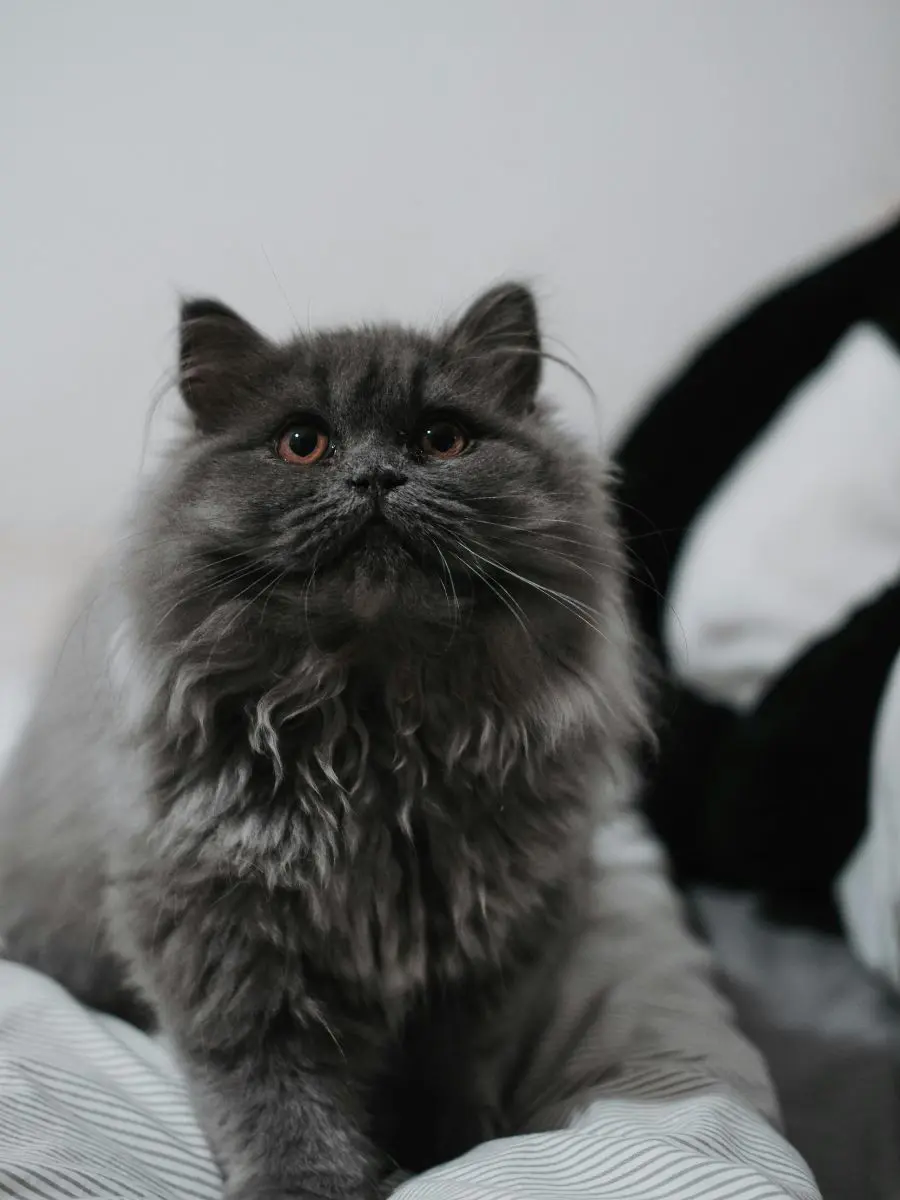
When looking to buy or adopt a British Longhair cat, there are several avenues to explore. Look for breeders who are members of recognized cat breeder organizations, such as The Cat Fanciers' Association (CFA) or The International Cat Association (TICA).
If possible, visit the breeder's facility to see the living conditions and meet the kittens’ parents. This helps ensure they are well cared for and socialized. Contact breed-specific rescue organizations and shelters that focus on British longhairs. They can provide information on available cats and help you find a suitable match.
Check with local animal shelters and humane societies. While British longhair may be less common, it’s worth inquiring about any that may be available for adoption. Check with local animal shelters and humane societies. While British longhair may be less common, it’s worth inquiring about any that may be available for adoption.
Things to Consider
Ensure they are up-to-date on vaccinations and have been checked for parasites. To adopt, seek out breed-specific rescues or reputable shelters. Ensure they have a good track record of caring for their animals. Be prepared for the initial cost of purchasing or adopting, which may include a fee for the cat, vaccinations, spending/neutering, and other initial expenses.
How to Adapt
Adapting to a new British longhair cat involves creating a comfortable and welcoming environment while ensuring a smooth transition for both you and your cat. Set up a quiet, cozy space where your cat can retreat if they feel overwhelmed. This area should include a bed, food and water bowls, and a litter box. Adjusting to a new home can take time. Be patient and give your cat space to explore and settle in.
Top Lists
